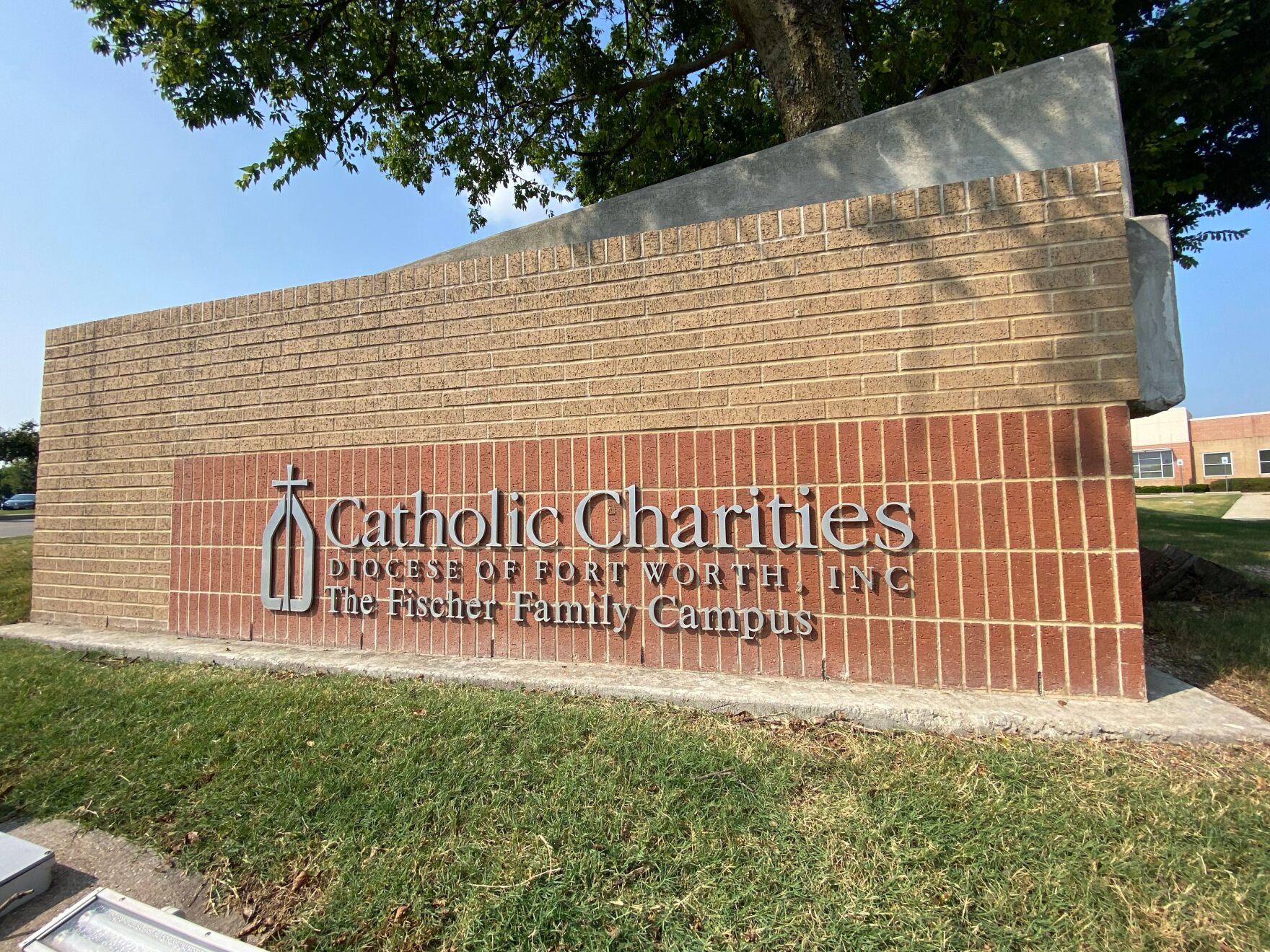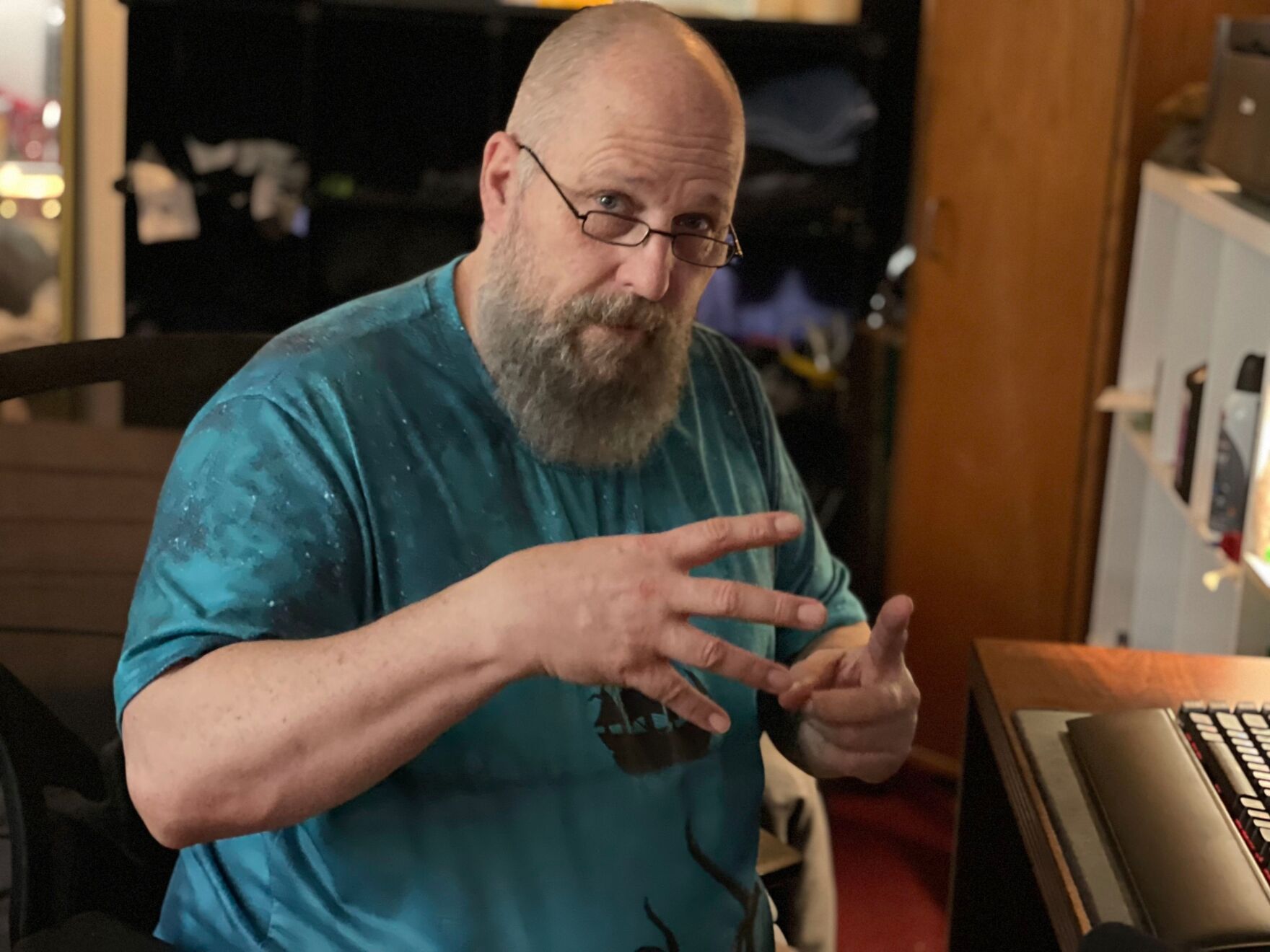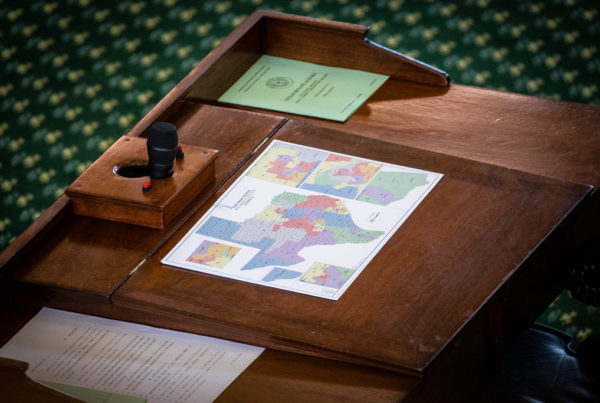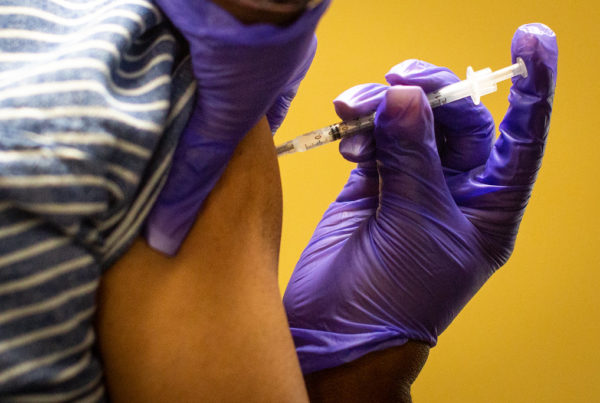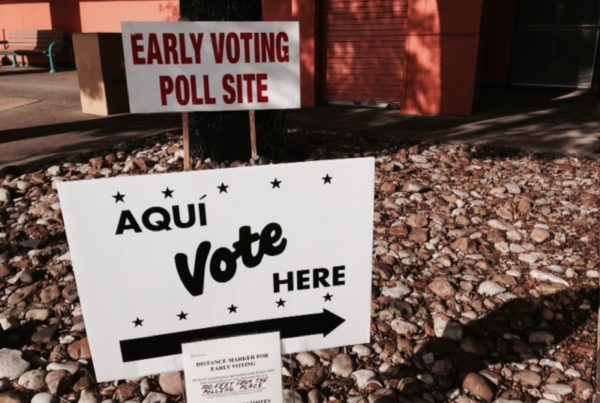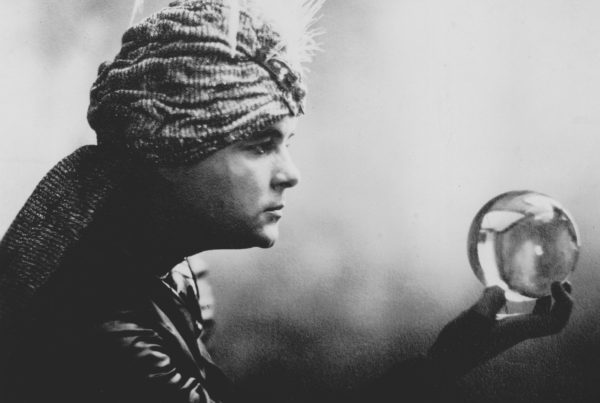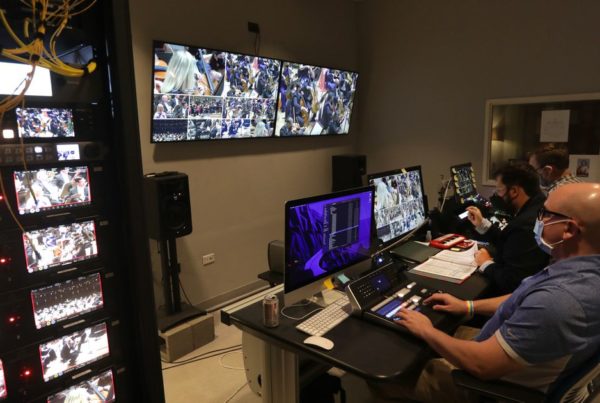In 2015, Catholic Charities Fort Worth, one of the largest social service nonprofits in the area, started an ambitious program with a new approach. Instead of giving out money to solve an immediate need like a looming gas bill or past due rent, the plan was to move people out of poverty — permanently.
This story is part of KERA’s One Crisis Away series ‘Tackling poverty: A case study in Fort Worth.’ It explores what worked, what didn’t and what’s next.
‘Whatever it takes’: Catholic Charities Fort Worth takes on poverty
Heather Reynolds, the former CEO of Catholic Charities Fort Worth, remembers reading an article early in her career about the head of a homeless shelter who was retiring.
“He was quoted in the paper saying that after serving for two decades in his role, he really felt like the homeless in our community were no better off than the day he started,” she said.
That didn’t sit right with the young, ambitious Reynolds.
“I just thought to myself, ‘That is not the legacy I want to leave.’ How can I come to work every day and try to inspire a staff and a volunteer base and a donor base with a message of ‘20 years later, we’ll be no better off?’”
So Reynolds decided she’d try and figure out how to end poverty.
That’s right: End it.
With that mission in mind, Catholic Charities launched a program in 2015 to get at the root of poverty. There were just 103 clients in their first group.
Frank Santoni ran the program when it first started. He explained the overarching philosophy back in 2015.
“We basically tell people, ‘We’ll be with you as long as it takes and do whatever it takes.’”
Catholic Charities’ new program would still tap into support from the government such as Medicaid and SNAP, but staffers had also raised $6 million from private donors. The hope was that that would allow case workers to be much more flexible and creative. They’d also carry a much lighter caseload.
The program also needed a different way to measure success. Santoni explained the typical method, counting the number of people helped, didn’t make sense here.
“It forces you to want to serve more people, as opposed to fewer. We want to serve fewer people. We want to be out of business,” he said.
So Catholic Charities spent more than $500,000 to hire researchers from the University of Notre Dame.
Finally, this big, pioneering program needed a fitting name. Staffers settled on St. Anthony of Padua, the patron saint of poverty. And that’s how the Padua Project was born.


